Ooty, also known as Udagamandalam, is high in the Nilgiri (blue) Hills of Northern Tamil Nadu. Every 12 years, a native shrub called kurunji turns the hills blue with its blossoms. That sight inspired the name. It must be quite a sight to see.
Sadly, we did not catch this phenomenon during our brief visit. But, we did find the flora fabulous.
Tea plantations cover much of the land. However, since 1986, over 5500 square kilometers of land is preserved as the Nilgiri Biosphere Reserve. In 2012, UNESCO named the reserve a World Heritage Site because of the ecological importance of the area’s flora and fauna.
The flora in the reserve ranges from subtropical moist broadleaf forests to tropical montane rain forests to dry Deccan Plateau deciduous forests. We drank in the vast and varying terrain – as well as the changes in climate – as we drove. Capturing it all from the car window, we journeyed from Coimbatore to Ooty, on through the Mudumalai Wildlife Sanctuary to Wayanad in Kerala.
At 2240 meters (7350 feet) elevation, unlike most of India, Ooty escapes the dramatic heat of the subcontinent’s summers. The highest temperature on record is 25 degrees Celsius and the lowest is minus 2 degrees Celsius. The daily average is between 17 to 20 degrees. It rains 1,234 millimeters (49 inches) annually.
With this weather, it’s easy to understand why Ooty is known as a place of perpetual spring. Formerly a hill station escape for the British during their rule, Ooty is now a refuge for Indians looking to cool off during the long hot summers.
Things to do
If you go, do visit the botanical gardens. Hire a guide for trekking. Visit the area’s daily fresh market or take a ride on the century-old Nilgiri Mountain Rack and Pinion Railway. Tour a tea factory and gardens.
After our own tea tour, we enjoyed a vegetarian thali lunch at a local restaurant. And, so we didn’t leave the area thinking it only rained, the sun peaked through the clouds just as we finished our meal.
Encouraged by nature’s generosity, we decided to tour the Government Botanical Gardens. Established in 1848, this 55-acre park is laid out in six sections. You climb a hill at the base of Doddabetta Peak, the highest mountain in the area as you tour.
Expect to see the fossil of a 20 million-year-old tree, hundreds of rose varieties, a fern house and lily ponds. You can also visit a Toda Mund. What’s a Toda Mund? Glad you asked.
The Todas
The Todas are the most prominent of the area’s indigenous people. A Toda Mund is a gathering of six to seven vaulted barrel-shaped huts where small communities of Todas live.
Toda life was completely pastoral with the Toda buffalo (an extremely long-horned breed) as their source of livelihood. The Toda believe the buffalo to be holy. They have a holy dairyman to care for the milk products they produce and trade. The products are kept in conical structures called holy dairies that only the holy dairyman can enter.
Truly a fascinating culture, there are only about 2000 Toda left. Most of them live in the Nilgiri Biosphere Reserve.
When we left the botanical gardens, the sky was clear. People were everywhere, enjoying the warmth of the sun’s late afternoon rays and exploring the street vendors and market stalls nearby. Business was bustling.
In our next posts we will share a few recipes from Ooty. Look forward to a Creamy Cardamom Tea and a recipe for Grilled Chili Lime Corn inspired by our visit to the Ooty street market.
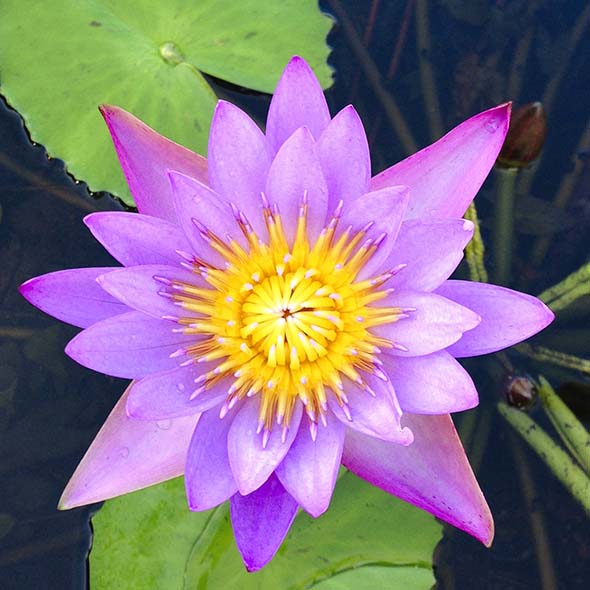
Thank you to the Kerala Travel Mart and Travel XS for sponsoring our travel throughout South India in 2016. As always, all words and photos are our own and were not shared with the sponsors before publication.

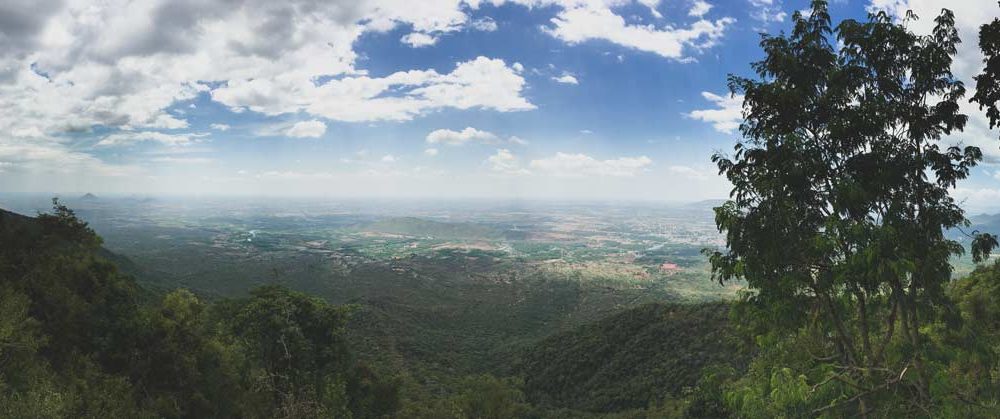
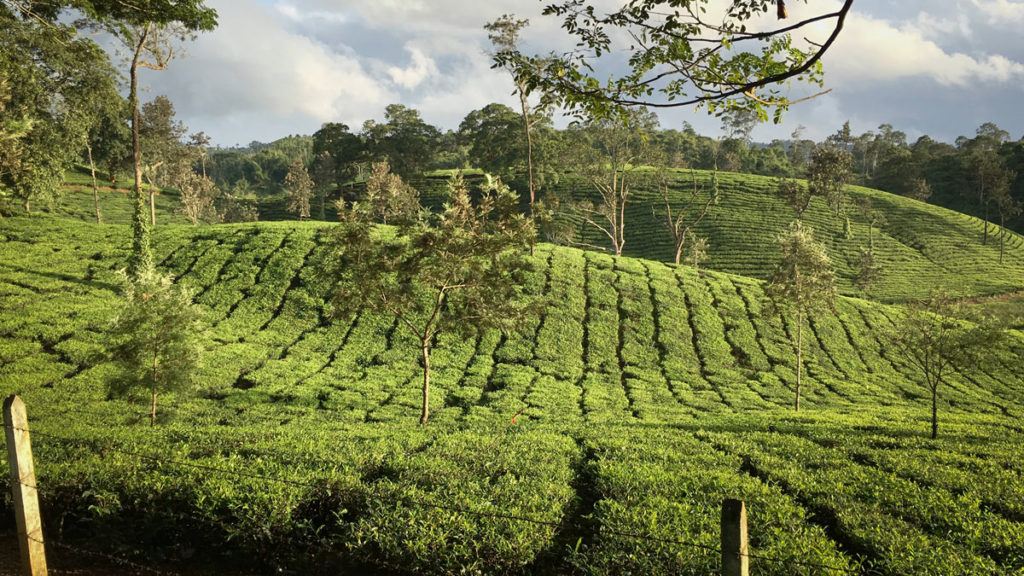
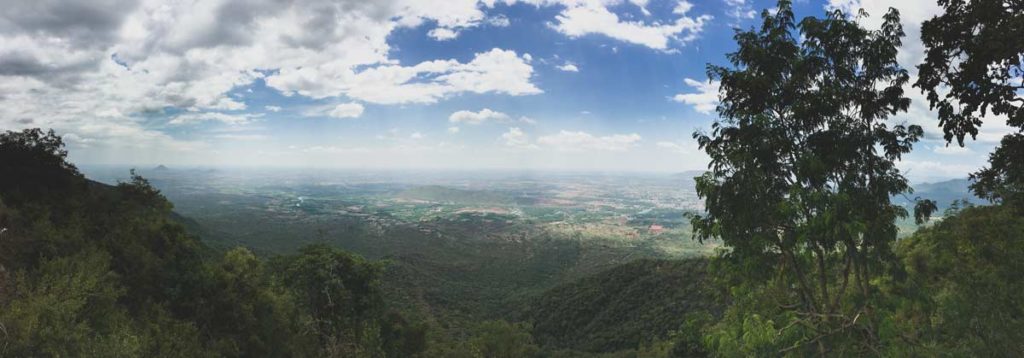
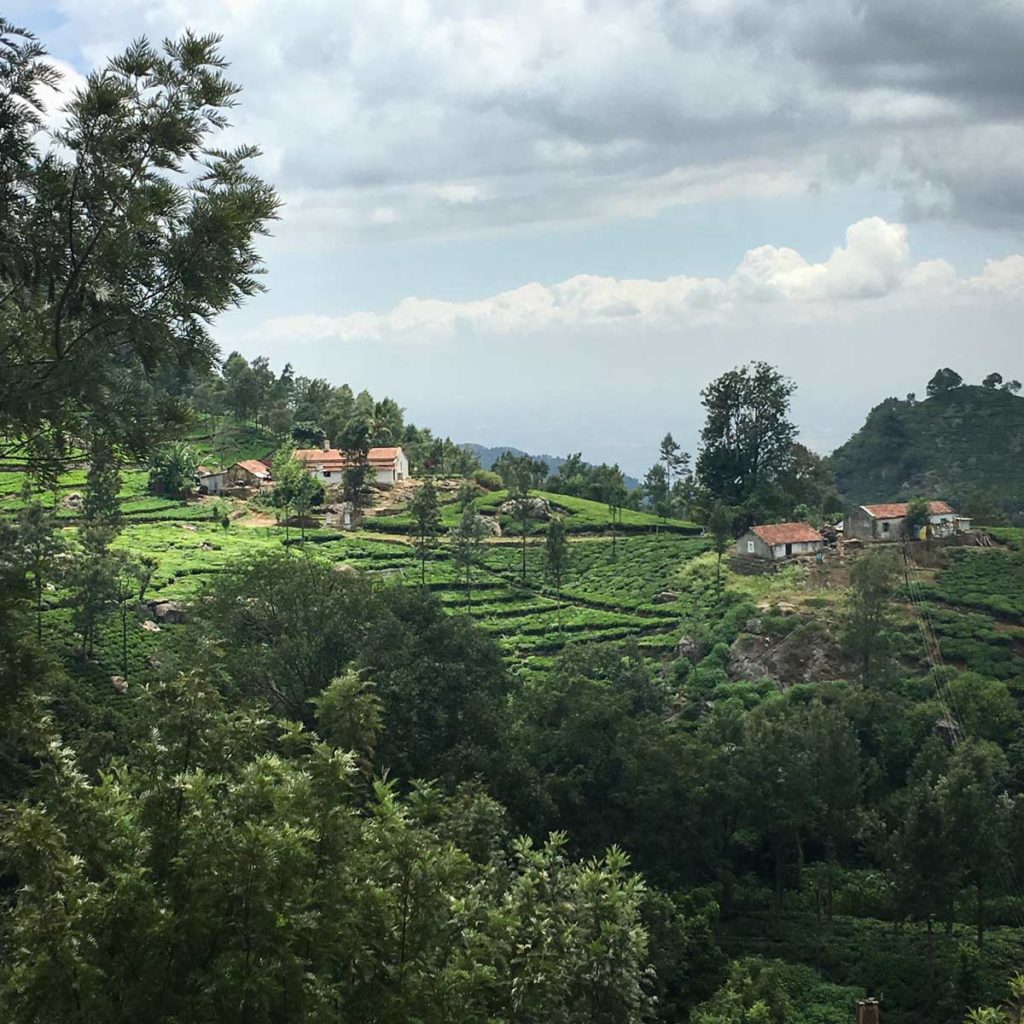
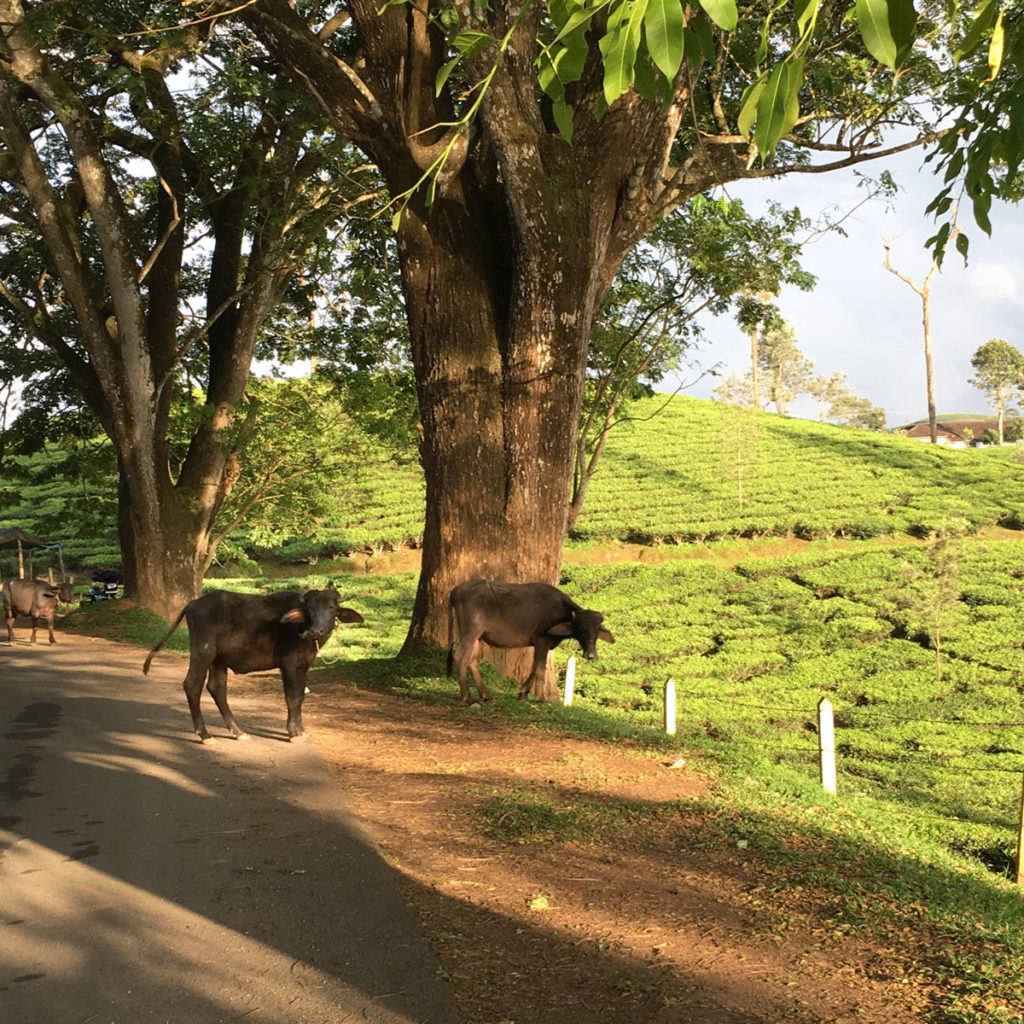
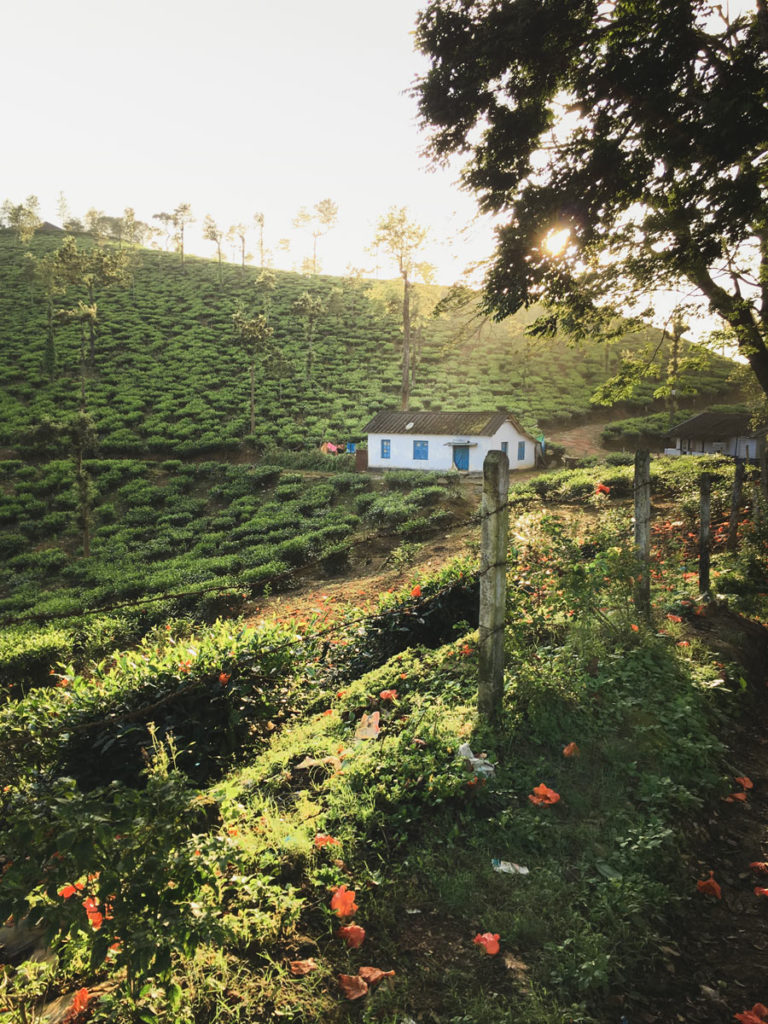
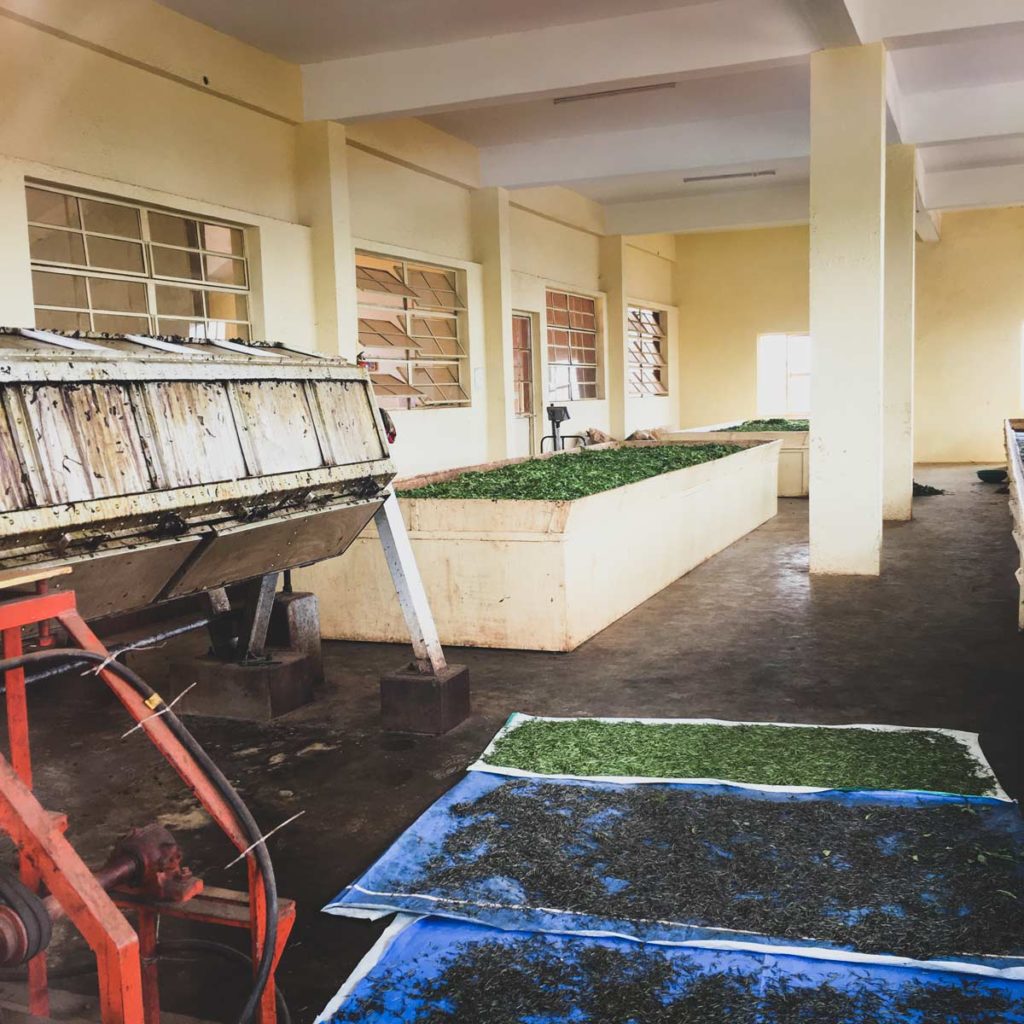
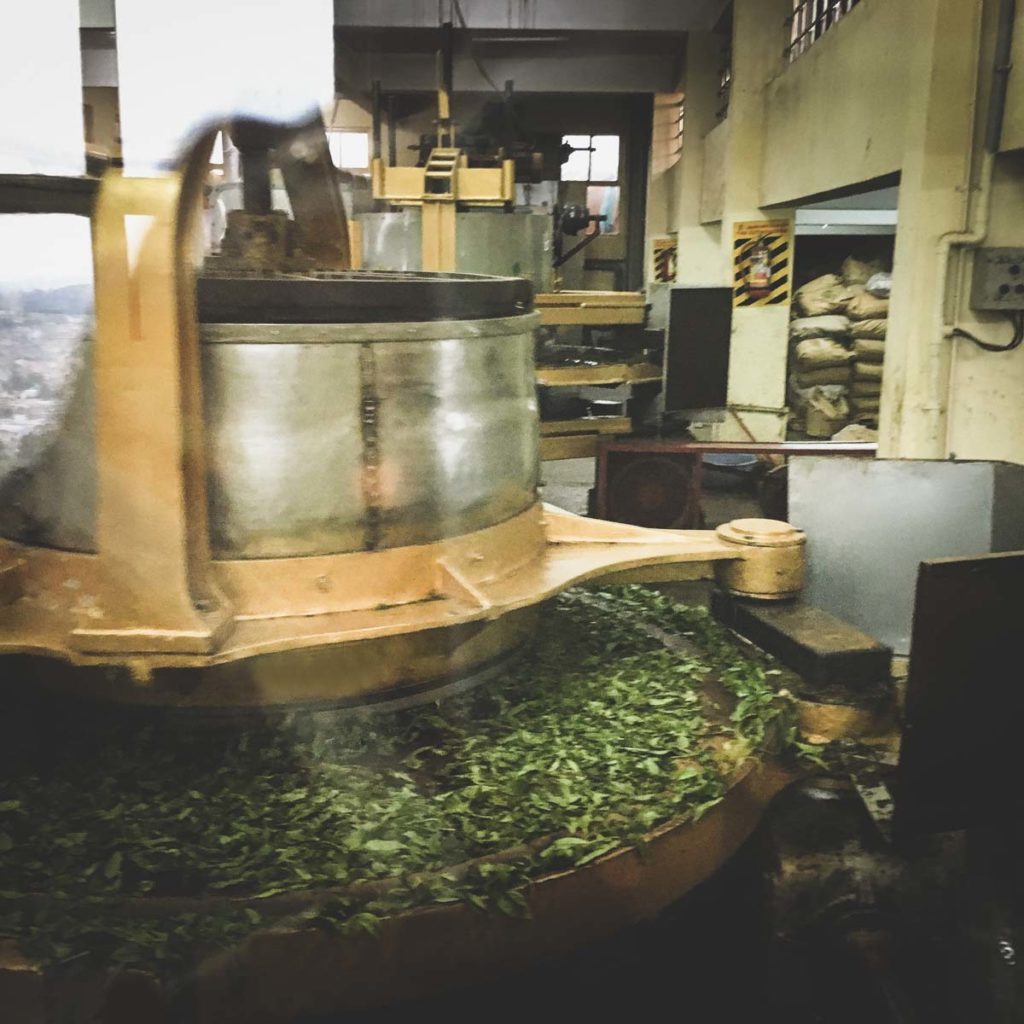
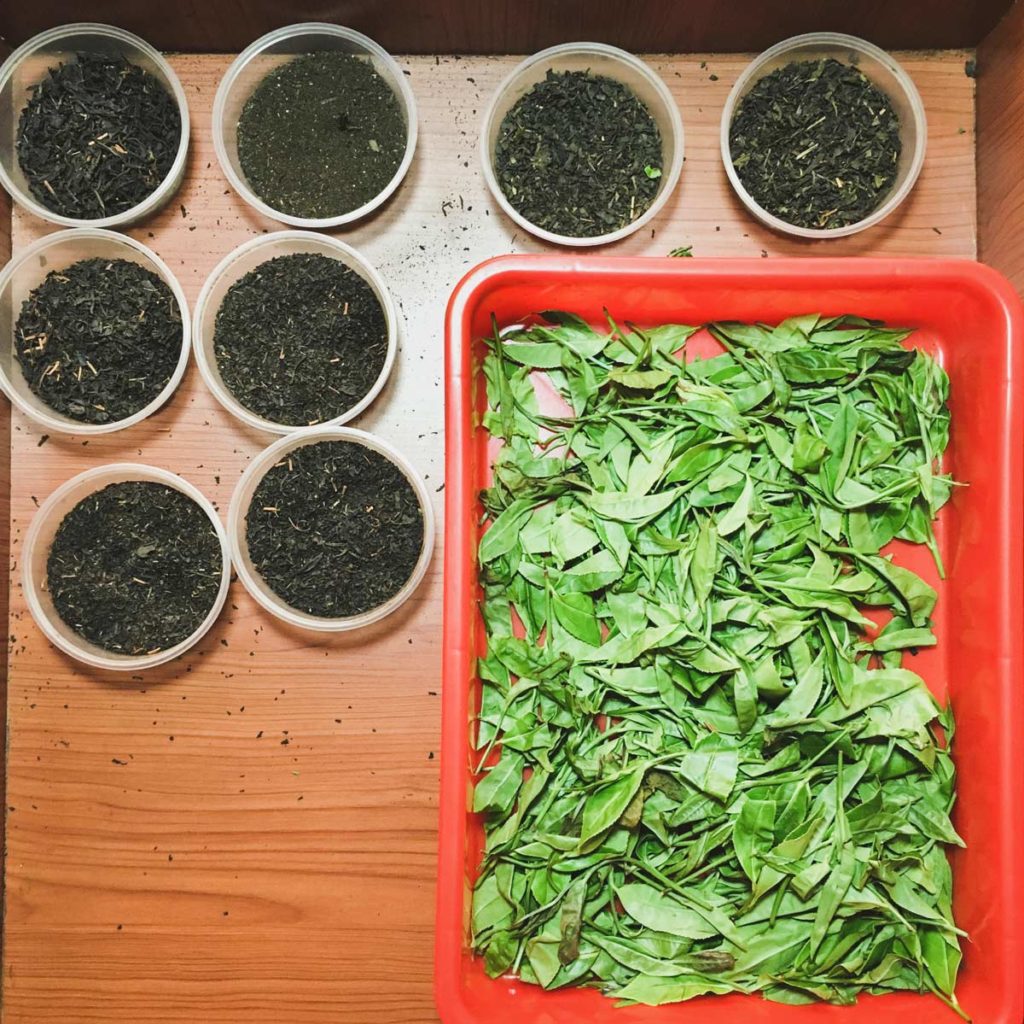
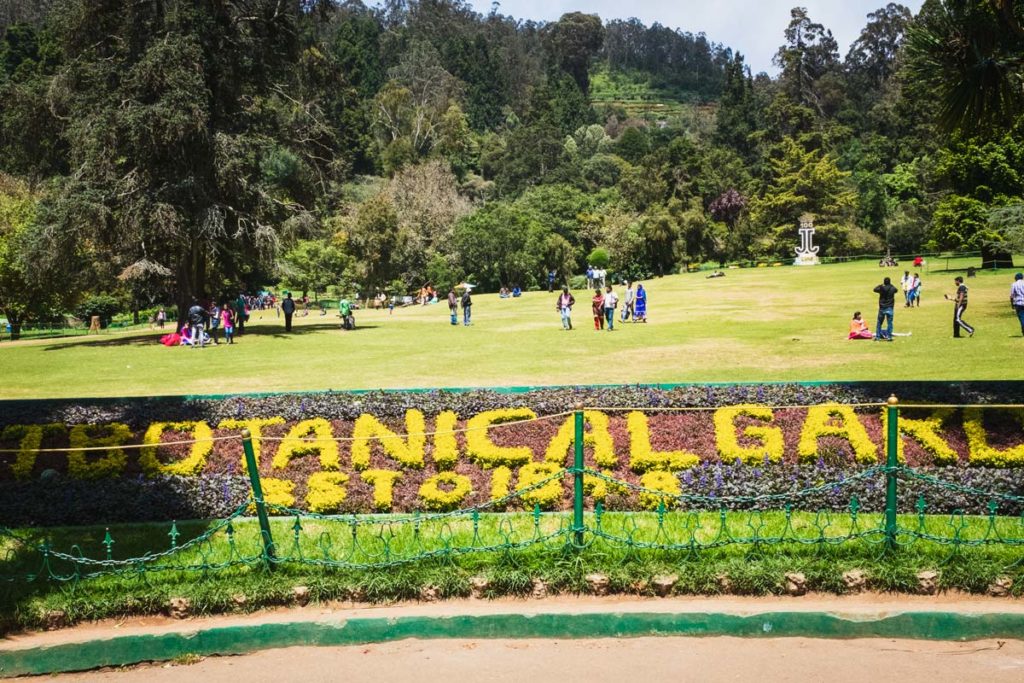
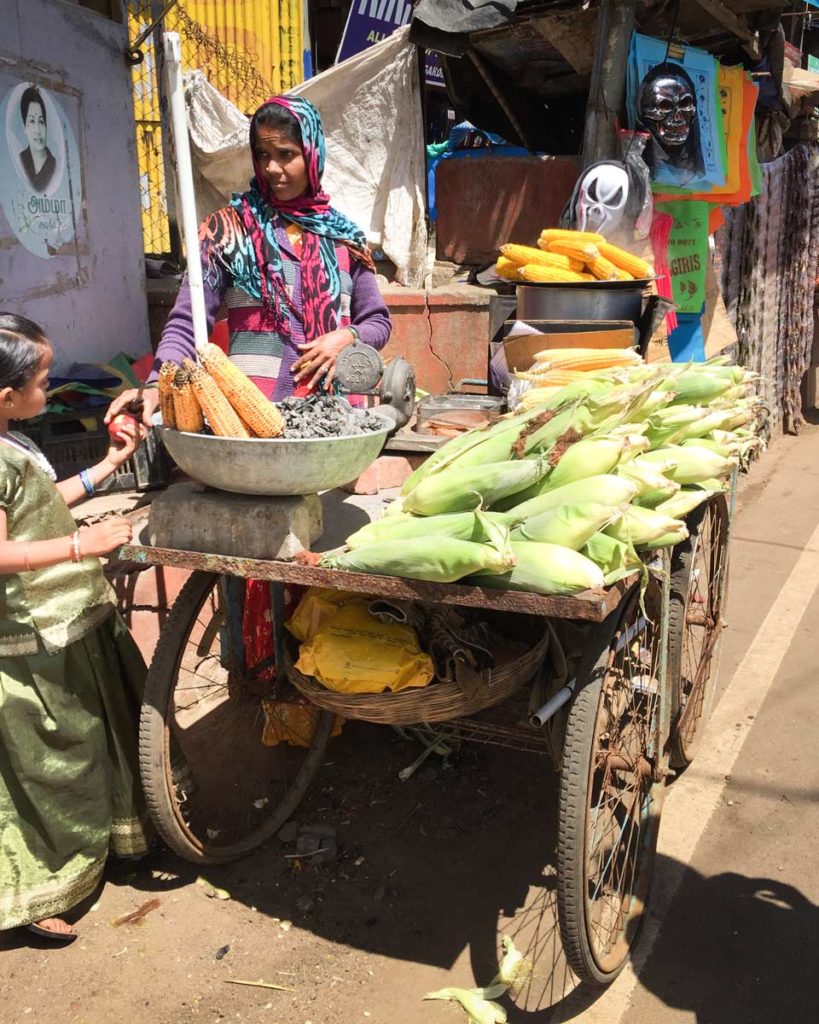
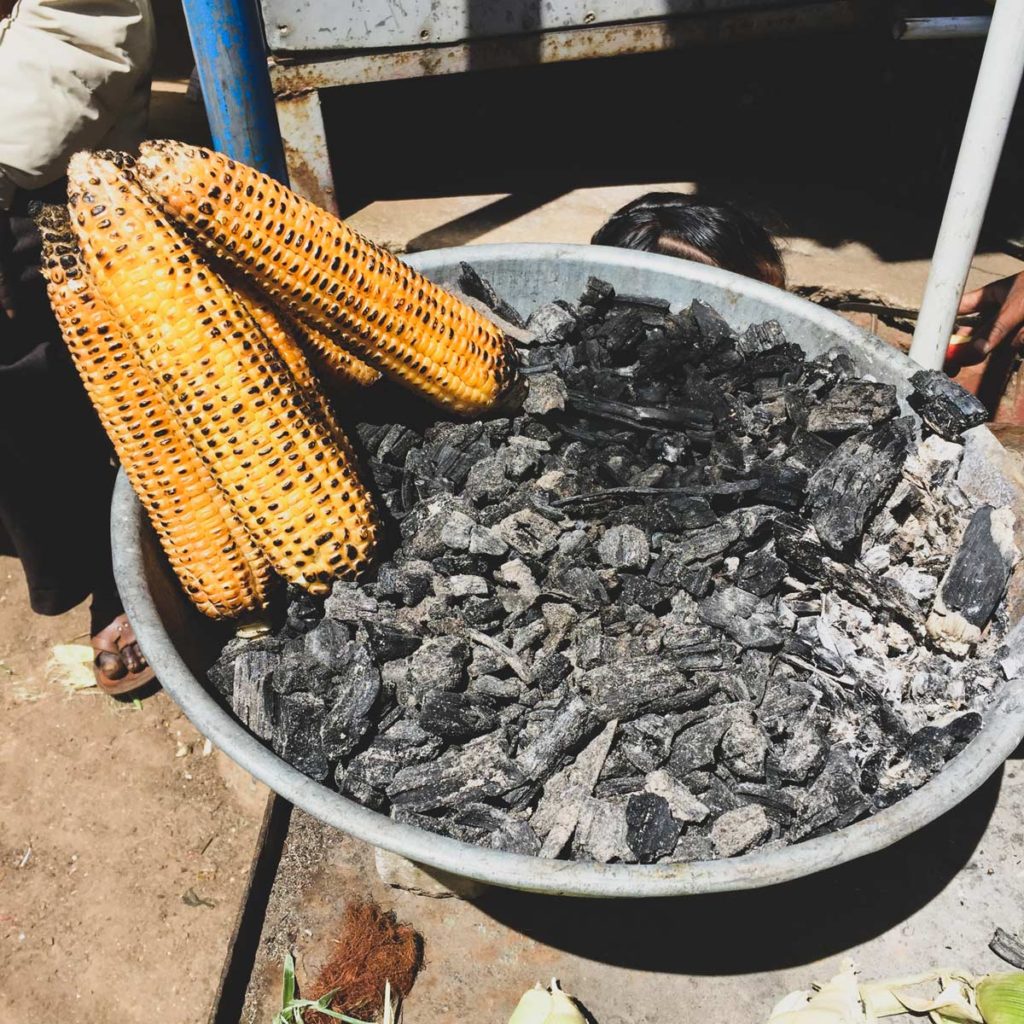
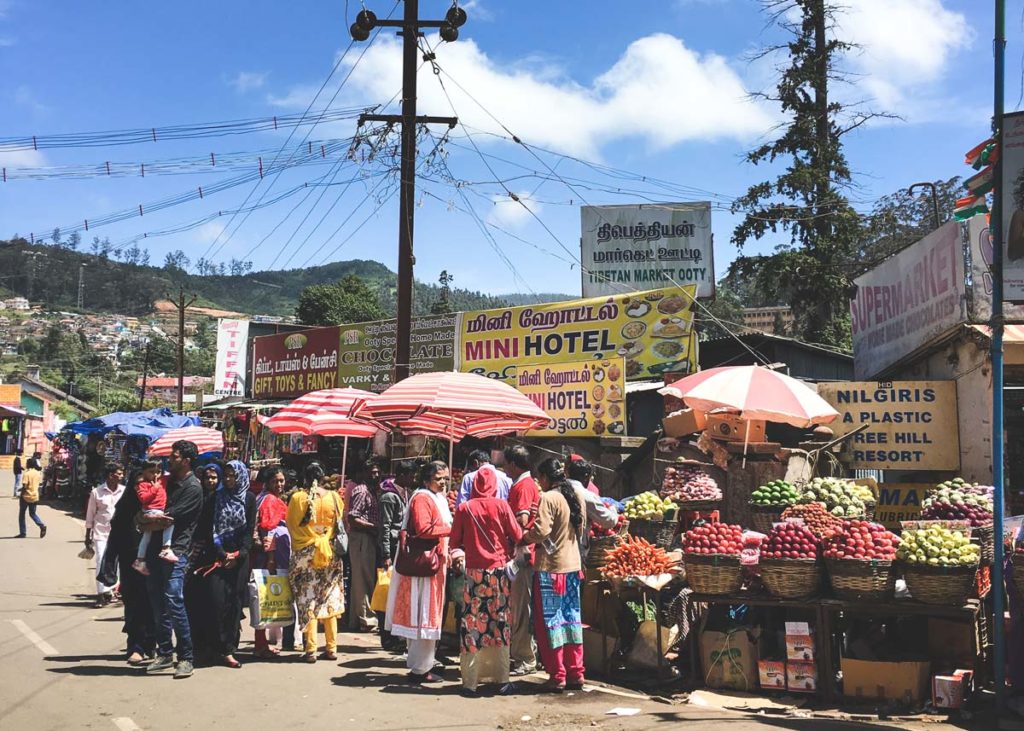
Good to see the richness of Tea Leaf in Ooty. Great Articulation of the Scenary and Treasury of Ooty.
Namaskaram Srikanth,
Thank you for your kind words and for checking out our blog. Hope you will continue to follow our progress through beloved South India.
With kindness,
Karen And Pauli-Ann